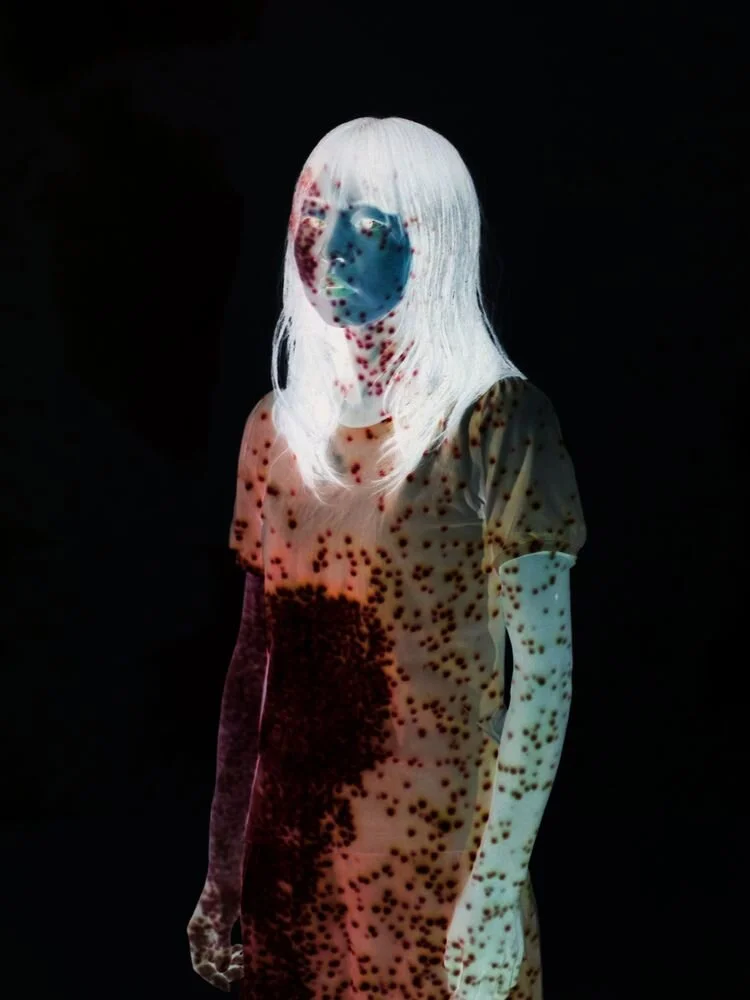Tuesday Reads: Alex Danchev
© John Edmonds.
““Imagine an eye unruled by man-made laws of perspective, an eye unprejudiced by compositional logic, an eye which does not respond to the name of everything but which must know each object encountered in life through an adventure of perception. How many colours are there in a field of grass to the crawling baby unaware of ‘Green’? How many rainbows can light create for the untutored eye? [...]
In the present time a very few have continued the process of visual perception in its deepest sense and transformed their inspirations into cinematic experiences. They create a new language made possible by the moving picture image. They create where fear before them has created the greatest necessity. They are essentially preoccupied by and deal imagistically with - birth, sex, death, and the search for God.””
Few books have made selecting a single quote as hard as this one: Alex Danchev has gathered the most relevant manifestos in the past 100 years, an attempt to draw the portrait of an ever evolving – seemingly, at least – art scene. In fact, the point one gets from reading the book is that our need for understanding and representation does not change, no matter how fast social customs and technological means seem to develop: most Manifestos, from Saint Point’s Manifesto of Futurist Woman – written in 1912 – to Childish’s and Thomson’s Remodernist Manifesto – a statement completed in 2000 – somehow resonate with our contemporary understanding of an artist’s role.
© Lakin Ogunbanwo.
© Evge Noriavić.
Therefore, the historical centrality of a Manifesto does not lie in its specific message and beliefs, but rather in its rebellious attitude, something that brings all Manifestos together. Each and every document in the book, in fact, rebels against something. Be it an earlier movement, a contemporary attitude or an insatiable need for empathy, a Manifesto will try to subvert it.
The mere act of reading this collection of brave statements is guaranteed to make any reader question her priorities and put together a list of needs that – hello, 2020 – still have to be satisfied. At first, writing our own Manifesto might seem an extremely egocentric act. However, by proceeding in the read one realises that, actually, stating our needs is a fundamental and underestimated step towards their fulfilment. And not only that: writing down our beliefs somehow becomes a pivotal step towards the realisation o what is central to our present times and what is not. An act which seems to be necessary now more than ever.
© Amy Friend, Dare alla luce.
© Cara Louwman, Complexity of life.
Turning to our (ever difficultly selected) weekly quote: which is the message that sticks with the reader? I will go first: to me, the Manifesto above mirrors a desperate plea for artists who can boil down our ever intricate needs to their essence and sublimate that essence in visual terms. The contemporary abundance of images and other medias makes it fundamental to distinguish essence from derivatives. In a time when inextricable communities coexist with unsurmountable distances, being able to distinguish the single fibres of society and effectively act on them is a rare ability. An ability which is required for any aspiring artist. In short, the ability to comfortably handle essence. And no wonder essence still lies in the peaks of human experience – birth, sex, death, and the search of God.
© Kengi Chiga, The suicide boom.
© Kengi Chiga, The suicide boom.
We like to act as if our nature of technologically advanced humans allowed for complete individuality – a point in which every human would be sufficient for her own survival – because it has become easier to think and act as if that were the case. But it’s not: the whole point of creating art is remembering that each and every emotion we feel is not exclusive to us, but rather part of our being human. In a time which puts the accent on economic independency, the role of an artist becomes that of an observer who conserves her autonomous vision. That of someone who has the ability and the strength of will to cherish and pursue some freshness and uniqueness in her point of view – no matter how childish that might appear.
© Viviane Sassen.
Undoubtedly, an untutored eye is deemed to suffer from social exclusion at some point. Just like a crawling baby, an external onlooker – a rebel by nature – gains a perspective long forgotten by those who take part in the social game, and thus not translatable to their language. But, in the end, how many colours are there in a field of grass to the crawling baby unaware of 'Green'? How many rainbows can light create for the untutored eye? And, in the end, are those rainbows not worth the effort?















